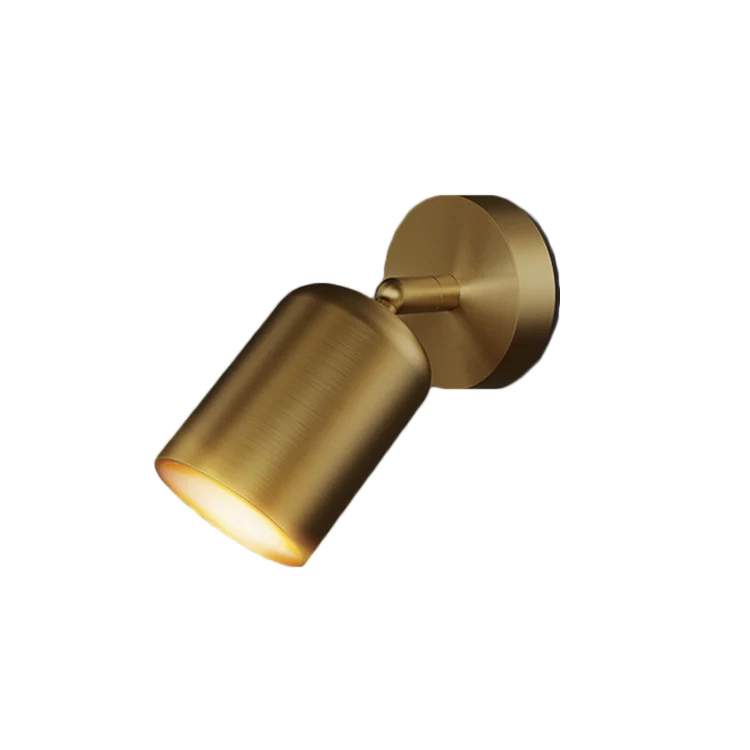LEAFLETS
PRODUCTS
Stylish Floor Lamps to Enhance Your Room
Choosing the Right Style
When selecting a floor lamp, consider your existing decor. Do you have a modern, minimalist space, or is your home filled with antique furniture and vintage accents? Choosing a lamp that complements your current style will create a cohesive and harmonious look.
For modern and contemporary interiors, sleek, metallic finishes like brushed nickel or chrome, paired with simple, geometric shapes, are ideal. These lamps often feature minimalist designs and can add a touch of sophistication to a room.
If your style leans more towards traditional or classic, look for lamps with ornate details, intricate carvings, or warm, rich finishes like brass or antique bronze. These lamps can evoke a sense of timeless elegance and create a warm, inviting atmosphere.
For a more eclectic or bohemian aesthetic, explore lamps with unique materials, textures, and shapes. Consider options with natural elements like wood or rattan, or those with bold colors and patterns.
The Importance of Height and Scale
The height and scale of your floor lamp are crucial for achieving the desired effect. A lamp that's too short or too tall can look out of place and disrupt the balance of the room. Before purchasing, measure the space where you intend to place the lamp and consider the surrounding furniture.
For example, if you're placing a lamp next to a sofa or armchair, the shade should be roughly at eye level when you're seated. This ensures optimal lighting for reading or other tasks while avoiding glare.
In a larger room with high ceilings, a taller floor lamp can make a statement and add a sense of grandeur. Conversely, in a smaller space, a shorter, more compact lamp will prevent the room from feeling overcrowded.
Functionality and Lighting Needs
Beyond aesthetics, consider the functionality of the floor lamp. What purpose will it serve? Will it be used primarily for ambient lighting, task lighting, or accent lighting?
For ambient lighting, choose a lamp with a diffused shade that casts a soft, warm glow throughout the room. For task lighting, such as reading or crafting, opt for a lamp with a directional shade that focuses the light on a specific area.
Accent lighting is used to highlight specific features or objects in a room, such as a piece of artwork or a decorative plant. For this purpose, choose a lamp with a focused beam of light.
Dimmer switches are a valuable feature, allowing you to adjust the brightness of the lamp to suit different moods and activities. This added flexibility can significantly enhance the ambiance of your space.
Material Matters: Exploring Different Options
The materials used in the construction of a floor lamp can greatly influence its style and durability. Common materials include metal, wood, glass, and ceramic, each offering a unique aesthetic.
Metal lamps are versatile and can range from sleek and modern to ornate and traditional. Wood lamps add a touch of warmth and natural beauty to a space. Glass lamps can create a sense of elegance and sophistication, while ceramic lamps offer a more rustic or artistic feel.
Consider the overall aesthetic you're trying to achieve and choose materials that complement your existing decor. Also, think about the durability of the materials, especially if the lamp will be placed in a high-traffic area.
Placement and Impact on Room Dynamics
The placement of your floor lamp can dramatically impact the flow and feel of your room. Strategically positioned lamps can define different zones, create a sense of balance, and highlight key features.
Place a floor lamp next to a sofa or armchair to create a cozy reading nook. Use a pair of matching lamps to flank a fireplace or a console table to add symmetry and balance to the room.
In a dark corner, a floor lamp can brighten the space and create a more inviting atmosphere. Use a floor lamp to highlight a piece of artwork or a decorative plant to draw attention to these features.
By carefully considering the placement of your floor lamp, you can enhance the overall aesthetic and functionality of your living space.
SUBSCRIBE
INQUIRY










